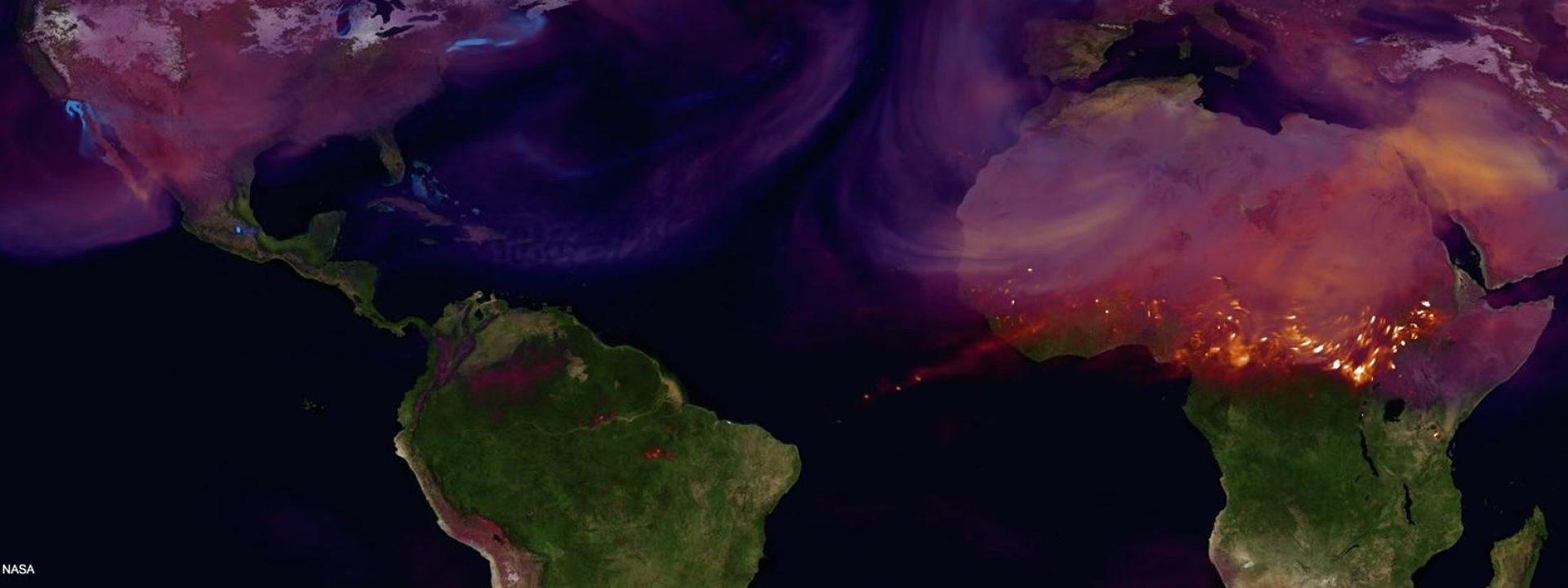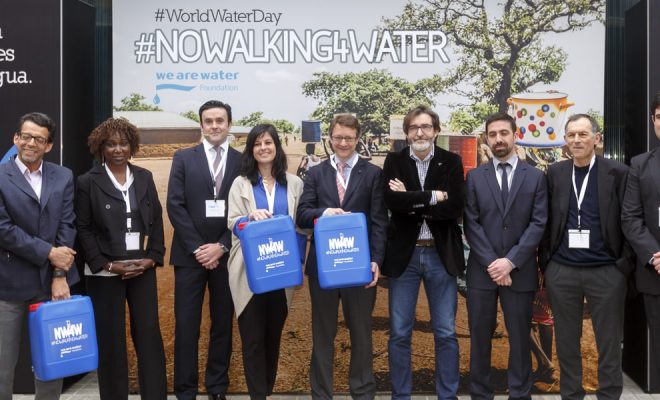- At COP21, the 21st Conference of the Parties about the climate, almost 200 governments from around the world will sign the most important agreement for the future of life on Earth.
- The average temperature of the atmosphere rising more than 2 degrees before the end of the century must be avoided at all costs.
- Meteorology, key in avoiding damage, is the science that will best guide us to understand what happens.
- The Foundation receives an honorary mention from the European Meteorological Society for the scope of the We Are Water Film Festival.
En la Conferencia de París sobre el Clima (COP21) que se celebrará del 30 de noviembre al 11 de diciembre, la humanidad tratará de cambiar un futuro sombrío. El cambio climático es una evidencia incuestionable y ya lo percibimos la mayoría de nosotros: el calor aumenta y la población mundial observa las estadísticas climáticas con inquietud.
Durante los últimos años, el planeta bate todos los récords de temperatura casi cada mes. Sirvan algunos ejemplos: los pasados agosto, septiembre y octubre han sido los más cálidos en muchos observatorios del mundo desde que se tienen registros; tras la oleada de terribles incendios en California, las alertas se han extendido hasta este mes de noviembre; para los estados occidentales de EEUU, el pasado octubre ha sido el más cálido desde que se tienen registros a finales del siglo XIX; y en la costa mediterránea española, este verano ha sido el que ha registrado mayores valores del termómetro desde 1950, con una anomalía de 2,1 grados sobre la media.
Tendremos más calor, sí, pero el incremento de temperatura ocasionará otros fenómenos que también ya se están desencadenando: aumentará la violencia de los ciclones, habrá más inundaciones y las sequías avanzarán en amplias extensiones del planeta, radicalizándose en donde ya causan estragos.
El enemigo es la emisión de gases y la lucha es complicada
Los científicos han demostrado que la atmósfera se recalienta debido al efecto invernadero causado principalmente por la emisiones de CO2, aunque también son culpables el metano y los óxidos de nitrógeno, entre otros. El enemigo está pues bien definido, pero la soluciones son complejas.
La ciencia tuvo evidencias del efecto de estos gases en la década de 1970, pero la comunidad política reaccionó algo tarde, pues no fue hasta 1997 cuando los países industrializados se comprometieron, en Kioto, a ejecutar un conjunto de medidas para reducir las emisiones. Los gobiernos firmantes de dichos países pactaron reducir en al menos un 5 % en promedio las emisiones de gases de efecto invernadero entre 2008 y 2012, tomando como referencia los niveles de 1990. Pero los acuerdos fueron incumplidos de forma diversa por las principales economías del planeta y, entre ellas, las más contaminantes, como EEUU y China, por lo que la reunión de Kioto ha sido catalogada como un fracaso.
Ahora, en la COP21 de París, las naciones más industrializadas tratarán de llegar a un acuerdo que no acabe en fiasco y hay fundadas esperanzas de ello. En primer lugar, porque tanto EEUU como China han mostrado un serio compromiso para reducir sus emisiones a corto, medio y largo plazo, y también porque el pasado septiembre, casi la mitad de los gobiernos del mundo habían presentado ya sus respectivos compromisos. Ya nadie cuestiona la evidencia del problema que puede afectar gravemente la vida en la Tierra.
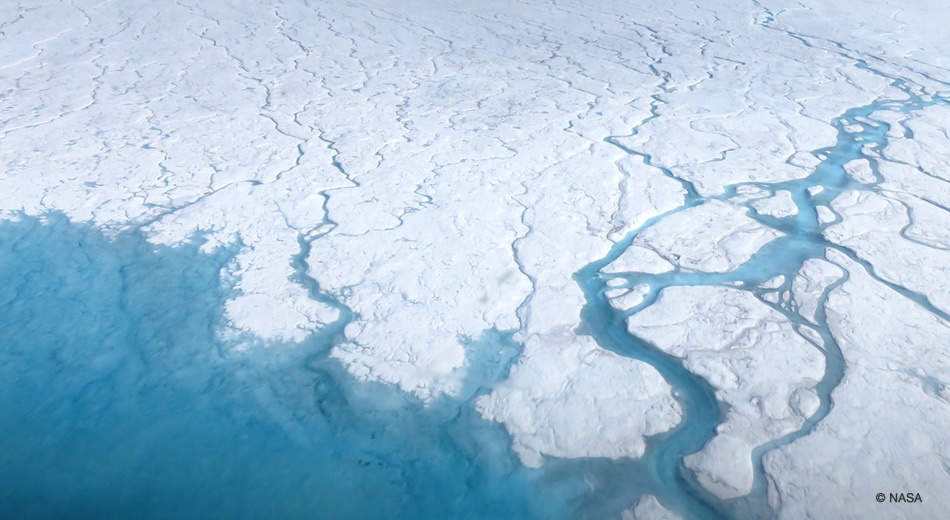
¿Cuál es el objetivo en París?
Uno de los datos clave que aporta el IPCC (Intergovernmental Panel on Climate Change) de las Naciones Unidas es que la temperatura a final de este siglo habrá aumentado entre 3,7 y 4,8 grados si no se adoptan medidas de control. Los científicos aseguran que este incremento traería consecuencias desastrosas: muchas ciudades costeras se verían inundadas al subir el nivel del mar por el derretimiento de los casquetes polares, se hundirían islas enteras de la Polinesia, las sequías arrasarían amplias extensiones de las actuales zonas templadas, desaparecerían la mayor parte de los glaciares y banquisas, y los fenómenos meteorológicos violentos causarían catástrofes impredecibles.
¿Cuál es el límite para que esto no ocurra? Los científicos han fijado en dos grados el aumento máximo que el planeta se puede permitir al llegar a 2100. El IPCC sostiene que para ello es preciso reducir las emisiones de los nefastos gases entre un 40% y un 70% en 2050, y llegar a un nivel cero a final de este siglo.
Este es el principal objetivo del COP21 de París. Y no hay plan B. Las consecuencias negativas del retraso que ha supuesto el incumplimiento de los acuerdos de Kioto es ya irreversible y la buena noticia es que los gobiernos son plenamente conscientes de ello. Por este motivo la UE ya ha planteado la necesidad de que los compromisos de cada estado se revisen al alza cada cinco años.
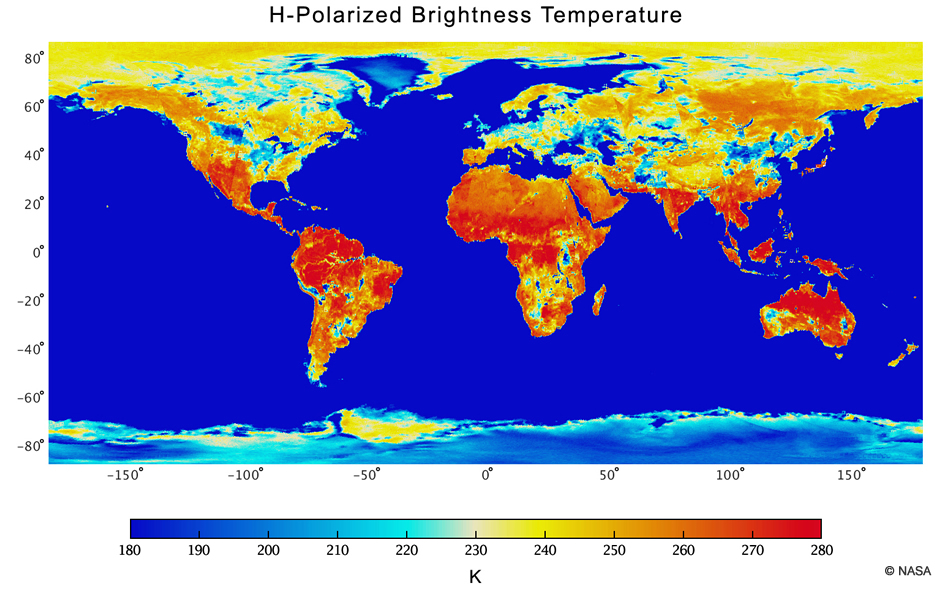
Todo lo que tenemos que saber está en el AR5
Los gobiernos reunidos van a tener sobre la mesa, entre otros, un documento fundamental: el Quinto Informe de Evaluación del IPCC, más conocido como AR5, que constituye la referencia básica para los responsables de políticas e iniciativas científicas respecto al cambio climático. El IPCC es un organismo fundado por la Organización Meteorológica Mundial (WMO) y el Programa de las Naciones Unidas para el Medio Ambiente (UNEP). El IPCC ofrece en el AR5 una evaluación de la información científica, técnica y socioeconómica sobre el cambio climático, sus efectos potenciales y opciones para su adaptación y atenuación. Es un documento que no debería faltar en nuestra librería para entender a qué nos enfrentamos.
[Las principales conclusiones del AR5 fueron presentadas por el Dr. Jean Pascale van Ypersele, vicepresidente del IPCC, en el taller Social Perceptions of Water and Climate que, en el marco del Día Mundial del Agua 2015, la Fundación We Are Water celebró en el Roca Barcelona Gallery (ver la presentación de Van Ypersele) en colaboración con la IABM (International Association of Broadcast Meteorology)]
La meteorología, guía eficaz
En esta incierta carrera que todos tenemos que correr juntos, los meteorólogos van a ser los testigos de la evolución del cambio climático y los vigías de una atmósfera cada vez más revuelta. La Meteorología tiene que dar claves a gobiernos y ciudadanos que permitan evitar o paliar los daños que puedan surgir a consecuencia del evidente calentamiento global. Jugará pues un papel fundamental en todas las estrategias de mitigación que probablemente se trazarán en París. La Meteorología es también la ciencia del medio ambiente que más en contacto está con todos nosotros y ya está siendo nuestra guía más eficaz para entender lo que ocurre.
Este papel lo tenían claro los meteorólogos reunidos en el 5th European Meteorological Society (EMS) Annual Meeting & 12th European Conference on Applications of Meteorology (ECAM) el pasado septiembre en Sofía (Bulgaria). Los científicos de la atmósfera mostraron en sus ponencias e intervenciones la dimensión de este reto del que dependemos millones de personas y que va a a afectar a corto plazo a todo el planeta. También las expectativas de los meteorólogos estaban puestas en el COP21, cuyas resoluciones serán la principal referencia para contrastar los avances en mitigación de daños, uno de los graves problemas que conlleva el incremento de la violencia de ciclones y tormentas, por ejemplo.
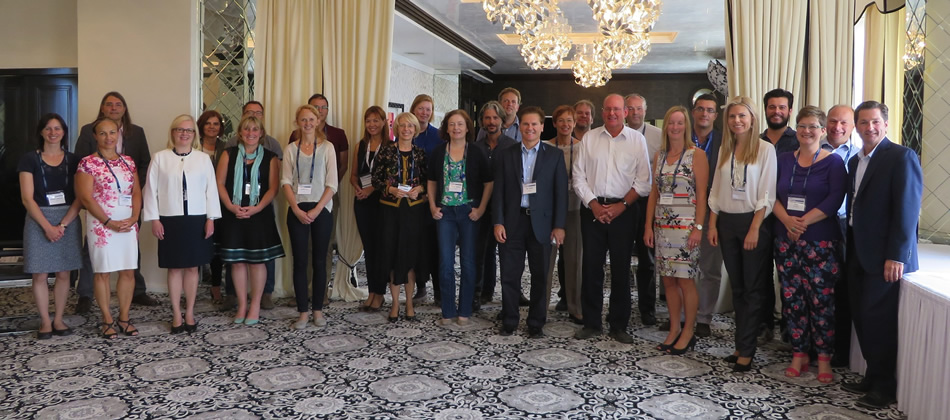
Los modelos de predicción, eje de todos los avances
En efecto, la Meteorología se encuentra en la vanguardia de la lucha por la mejor predicción de los fenómenos y así poder dar alertas válidas. Éste es el eje fundamental alrededor del cual giran los avances de esta ciencia de la atmósfera para evitar en lo posible los daños. En Sofía, los meteorólogos expusieron los modernos NWP (Numerical Weather Prediction), los modelos numéricos que se usan para emitir predicciones, la optimización de las observaciones y la aplicación del big data a la meteorología operativa con el uso de los actuales superordenadores para hacer llegar las predicciones al usuario final.
También se abordó el tema de la comprensión de los modelos que describen los procesos atmosféricos, el ciclo del agua y cómo ésta se comporta al llegar a la superficie de la Tierra. Y especialmente intenso fue el debate sobre el clima, su conveniente monitorización y la comprensión de los procesos de detección de cambios climáticos.
Reconocimiento a la labor de la Fundación We Are Water
La importancia de la comunicación y la educación meteorológicas se trató en varios debates en los que los participantes evidenciaron la importancia creciente que tiene la divulgación del conocimiento meteorológico y la comunicación de las predicciones, en especial las que afectan a las alertas por fenómenos violentos.
En este contexto la EMS otorgó a la Fundación We Are Water una mención honorífica por el alcance del We Are Water Film Festival como proyecto de difusión para concienciar a la ciudadanía sobre el problema del agua en el mundo.
SOBRE LA FUNDACIÓN WE ARE WATER
La Fundación We Are Water, impulsada por la empresa Roca, tiene como objetivos, por un lado, sensibilizar a la población en general y a las administraciones sobre la necesidad de fomentar una nueva cultura del agua en el mundo y, por otro, paliar los efectos negativos relacionados con la falta de recursos hídricos, mediante el desarrollo de proyectos de cooperación y ayuda junto a diversas organizaciones como Educación Sin Fronteras, Fundación Vicente Ferrer, Intermón Oxfam y Unicef.


